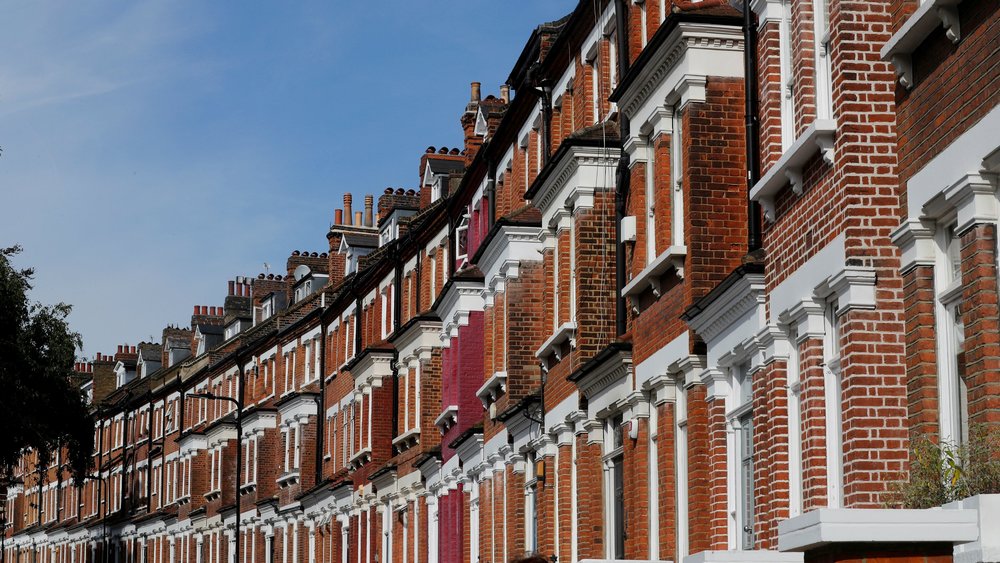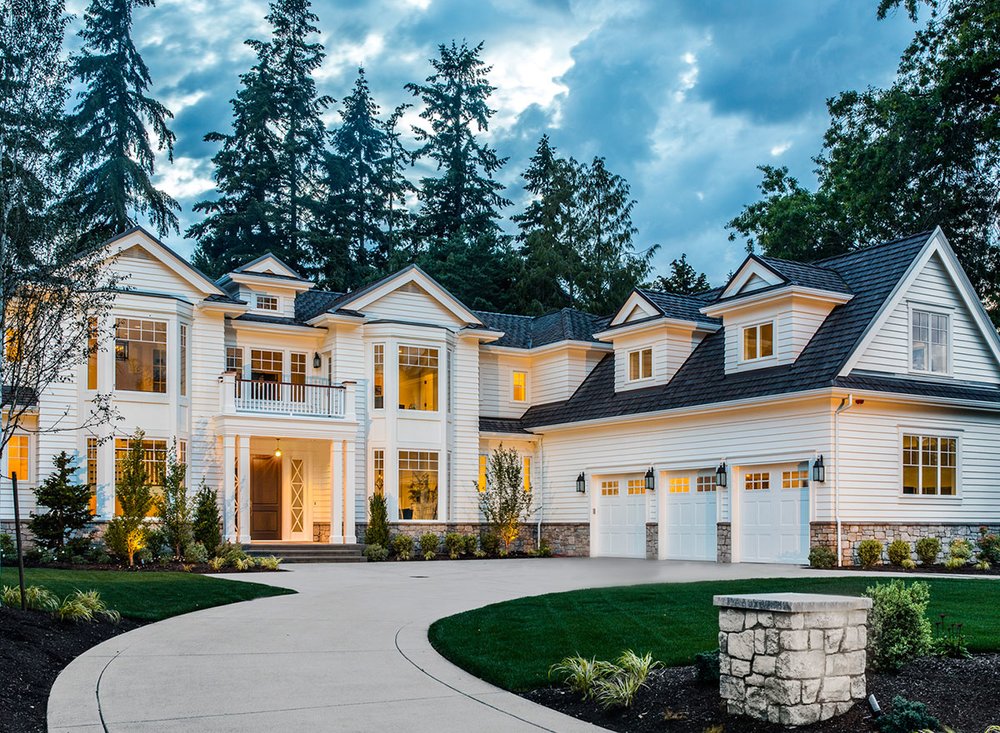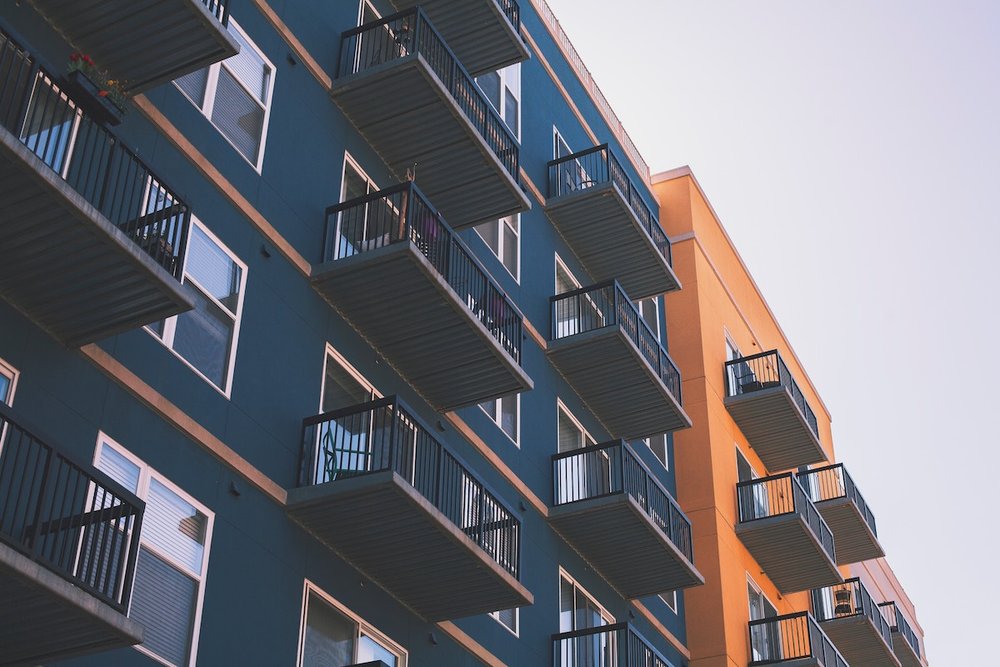Today, getting a mortgage loan to buy a property is no longer easy as it was during the boom years. Back then, mortgage lenders were willing to advance mortgages on risky terms. Between 2000 and 2008, which were the boom years, mortgage loans were approved faster than today. It was also the time when the subprime mortgage lending crisis hit the market, with major players like Freddie Mac and Fannie Mae facing a lot of trouble.
Today, things are different. If you’d like to invest in the property market, you can choose from the following basic types of mortgages. You may feel disappointed that there are just a few options unlike the past when the options were varied, but you have to understand that lenders are still smarting from the subprime meltdown and may not be willing to take the type of risks they were taking between 2000 and 2008.
 Three Mortgage Options
Three Mortgage Options

Before taking a mortgage, you should conduct proper research about the various options that are available and make personal inquiries with your friends, colleagues, or banking institutions.
There are three types of mortgages. The decision you make should depend on your needs. The three types of mortgages are:
 Fixed Rate Mortgage
Fixed Rate Mortgage
For this type of mortgage, you are required to make monthly equated payments.
During the initial years, just a small portion of the payment you make will go towards the principal because a major portion of the finances is adjusted to pay off the interest.
Fixed-rate mortgages are available for periods of 10 years, 15 years and 20 years, but the most popular option is the 30-year option because it lowers down the monthly payments significantly.
 Adjustable Rate Mortgage
Adjustable Rate Mortgage

If fixed-rate mortgages charge a single interest rate on the money advanced, the rates for an adjustable rate mortgage can fluctuate every year. Hybrid adjustable-rate mortgages feature the aspects of both the fixed-rate mortgage and the adjustable rate mortgage. Hybrid mortgages can have a period of fixed interest rate, usually three to ten years.
At the end of the fixed-rate period, the mortgage is shifted to the adjustable-rate mortgage where the interest rate is changed annually. In this case, lenders have an option of offering a fixed-rate mortgage for the initial period of five or seven years, and at the end of the period, they begin adjusting the rates. This is after finding the value of one-year treasury bills, adding a margin to it, and then fixing the interest rate for the next year.
 Interest-Only Mortgages
Interest-Only Mortgages
Interest-only mortgages are mainly in the form of high-value purchases and are provided for people who wish to purchase properties worth $625,000 or more. Interest on the mortgage has a similar structure like adjustable-rate mortgages, with the interest-only option lasting for a maximum of 10 years.
After this period, the interest rates are adjusted annually, and you start to pay the principal and the interest. Payments on interest-only mortgages can change drastically when the rates move from interest-only to the adjustable rate category.
It is for this reason that we advise you to research thoroughly to understand the type of mortgage you are seeking fully. Remember that ignorance is not an excuse. If you are a first time home buyer, exercise caution before you decide on any particular mortgage lender.










